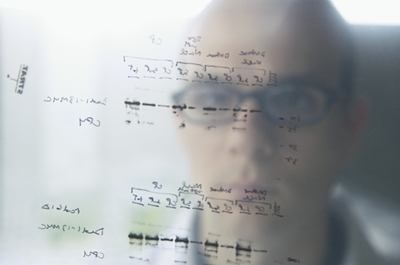By Laurie Riedman
By the end of this year the number of mobile devices connected to the internet will exceed the number of people on earth, and, by 2018, there will be nearly 1.4 mobile devices per person, according to Cisco’s Global Mobile Data Traffic Forecast Update.
Associated with these 7 billion devices are trillions of gigabytes of data that can be used in many ways, including helping companies develop better products and services.

What data are we talking about? Online purchase transaction records, photos, videos, reports or statistics, as well as all types of social media content including comments, blog posts, tweets, pins and Instagram shares – just to name a few. Most of this data is unstructured – and can’t easily be analyzed. In their unprocessed state – they don’t offer a lot of value.
That’s where data analytics comes in and why “Big Data” is such a BIG DEAL.
Inside those trillions of gigabytes of data that are being created every day are clues about why I may make a call to a customer help line, or where a retailer should place “today’s specials,” or what feature a company should add to the next release of a product or service.
Data scientists are hard at work looking for the needle in the digital haystack – a tool that can easily analyze unstructured data so companies can “mine” those nuggets of information hidden inside. These data sleuths are manned with a variety of statistical techniques including modeling, machine learning and data mining to sift through this data to find the information they need to predict the future.
Here are three types of data analytics:
- Descriptive analytics provide a summary or description of what has already happened. It’s estimated that more than 80 percent of business analytics happening today is descriptive. This is quite valuable as it can turn raw data into insightful information. Example: Counting the number of accidents on a particular stretch of a highway, and cataloging the weather conditions, road conditions, time of day, and other factors that may contribute to a collision.
- Predictive analytics forecasts what might happen in the future based on historical data. Data scientists can use current data and sophisticated models to determine a probable outcome in the future by finding patterns within the data, and use them to identify the risks and future opportunities. Credit scoring in the financial industry is a good example. Scoring models use customer payment history, level of income, number of existing loans and loan application data to rank individuals by their likelihood of making future payments on time.
- Prescriptive analytics suggests actions that could increase the likelihood of a particular outcome occurring based available data. It forecasts the outcomes of a set of actions, and recommends the action or actions which result in the most desired outcome. This combination can help improve future end results. For example, this was at work this morning when I checked my weather app on my phone and was able to make sure I had an umbrella because someone used predictive analytics to forecast the weather. A future prescriptive analytics weather app could know that I walk to the bus stop at 8 a.m. and 5 p.m. on work days, predict rain for 5 p.m., and recommend I bring an umbrella before I leave the house.
To what extent does the analysis of Big Data help and inform us about the human race? How can the worlds of Big Data and humans be best intertwined? Read this article from Dr. David Martin, an ethnographic researcher in the Work Practice Technology group at the Xerox Research Centre Europe.
Subscribe to Simplify Work and receive email updates when we publish a new article.




